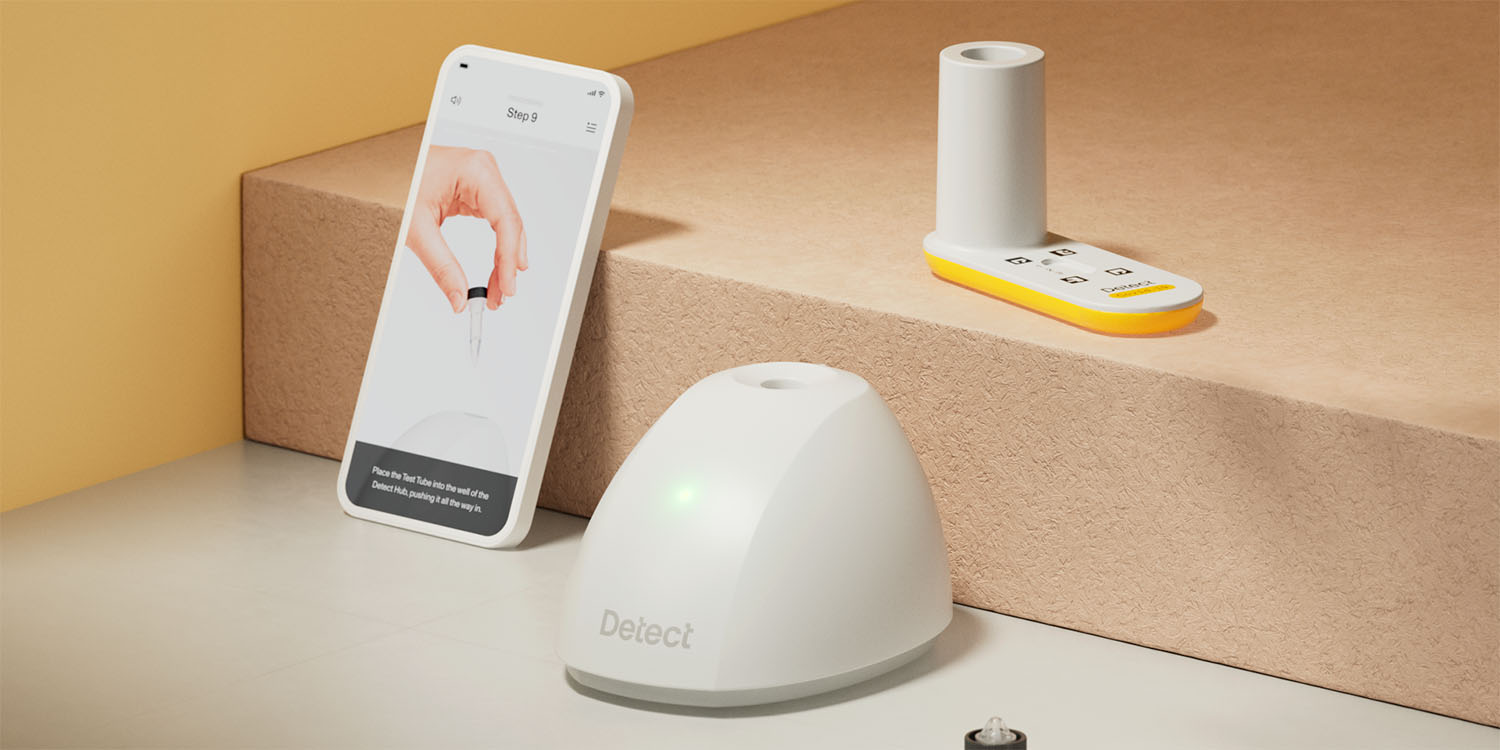
Who could have imagined five years ago that we’d all be swabbing our throats and noses at home to find out whether we have become the latest pandemic victim? But that’s life now, and while everyone knows about lateral flow and PCR tests, few know about the third option available: molecular COVID-19 tests …
Fast or reliable – pick one
Lateral flow tests (LFTs) are quick and easy to take at home, giving a result within 20-30 minutes. They look for proteins on the surface of the virus, which are easily detected. However, they have a big drawback: They may show a negative result early in an infection. This is especially true when people are a bit too casual in their swabbing.
A polymerase chain reaction (PRC) test is much more reliable, because it looks for tiny snippets of the genetic material of the virus, then use a process that makes lots of copies of it. By using this process, known as amplification, you end up with enough genetic material to be reliably detected in a test. However, their equally big drawback is that the testing can only be done using expensive lab equipment, which means you have to send off the swab and then wait for the results – which typically takes two to three days.
But The Verge reports on a third option very few people even know exists.
Molecular COVID-19 test
A molecular COVD-19 test uses the same amplification approach as a PCR one, and offers the same accuracy, but can be done at home in anywhere from 20 minutes to 75 minutes. There are currently three that have received FDA approval for self-administered home tests and are sold over the counter (OTC): Cue, Detect, and Lucira.
To amplify bits of virus, PCR tests need specialized lab equipment that cycles through higher and lower temperatures. This process can take several hours and currently requires trained technicians. That’s why you can’t always get your PCR results on the same day.
But Cue, Detect, and Lucira’s tests use a process that can amplify genetic material at one steady temperature — which can be done via a small machine that you can store in your home.
Essentially, OTC at-home molecular tests matter because they can deliver results that are as accurate as a lab-run test sooner and faster — without needing to actually send a swab to a lab. The Lucira test, for example, delivers results in 30 minutes or less. Cue’s test delivers results in about 20 minutes. The Detect test takes about an hour.
The tests are as easy as an LFT. The sample collection is exactly the same: take your swab (both throat and nose are the most reliable), then stir it into a liquid vial for 20 seconds. But instead of using a dropper and a disposable strip, you put it into a small machine.
App-assisted tests are best
Of the three options, Lucira doesn’t require an app – but the actual machine is single-use. Cue and Detect use a more sensible approach of a reusable machine, and a Bluetooth connection to a companion app.
The app walks you through the process, takes care of the timings, and provides a record of your results.
But molecular COVID-19 tests aren’t cheap
The drawback, as you will have guessed, is the cost.
- Lucira: $75/test (inc disposable machine)
- Cue: $249 for the machine, then $65/test
- Detect: $39 for the machine, then $49/test
Cue and Detect also offer bundles.
The Detect Hub costs $39, while a test costs $49. There’s also a starter kit bundle that includes the hub and one test for $85. Meanwhile, the Cue Reader retails for $249, and an individual test costs $65. You can also opt for a Cue Plus membership, which gets you a discount on the Cue Reader and tests as well as an allotment of tests per year. There are two levels: Cue Plus Essential, which costs $39.99 monthly for 10 tests, and the Cue Plus Complete, which is $74.99 for 20 tests.
They are, however, cheaper than most PCR tests, but for travel use, you’ll need to check whether your destination country accepts the results. If so, you’ll likely need to pay a supplement to have your test remotely monitored, which costs an extra $20.
The tests are, however, likely to fall in price as sales increase, and as more companies begin competing.
FTC: We use income earning auto affiliate links. More.




Comments